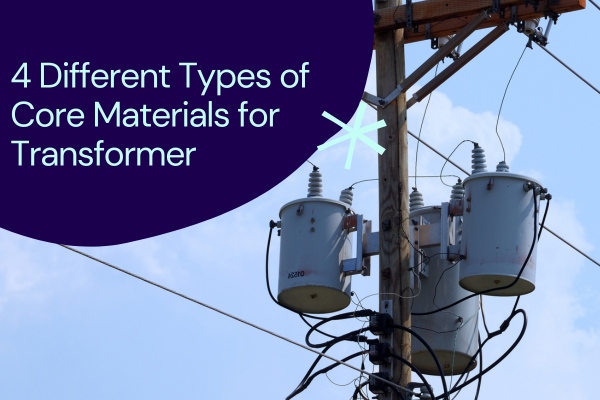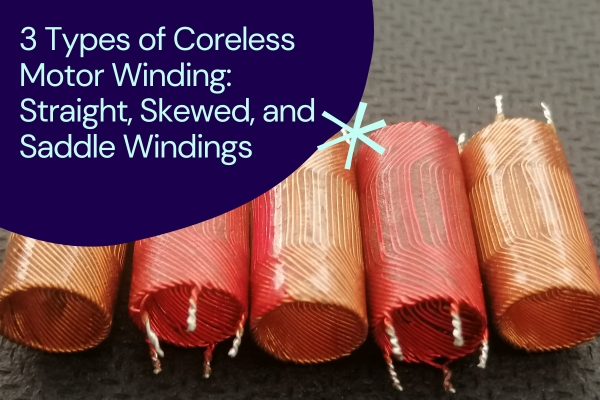Comparison of Motor Stator and Rotor Technologies of Tesla, BYD, and Huawei

For an electric vehicle (EV), the motor is one of the core elements that determine its performance. As the three giants in the global electric vehicle industry, Tesla, BYD, and Huawei are all strong competitors in motor design and technological innovation. So, what are the differences in the design of the motor stator and rotor? How do these technical differences affect the performance, efficiency, and stability of electric vehicles?







